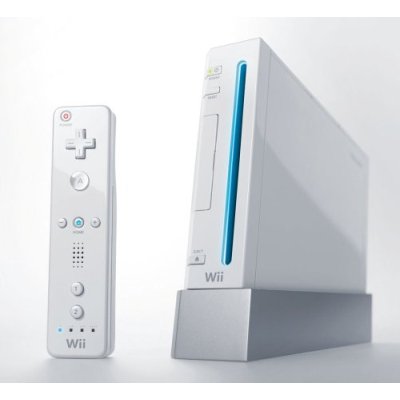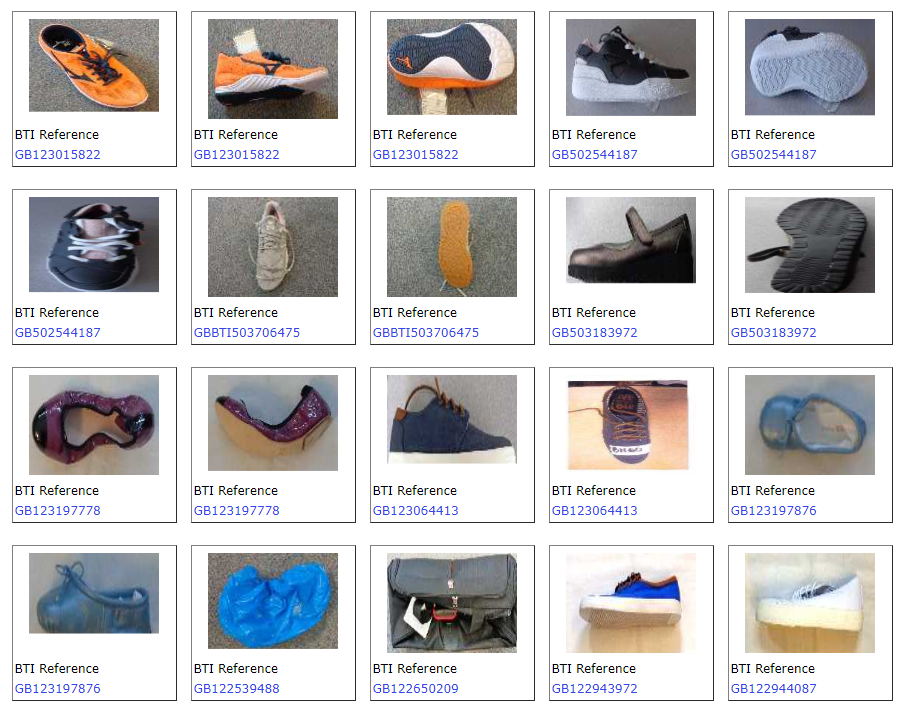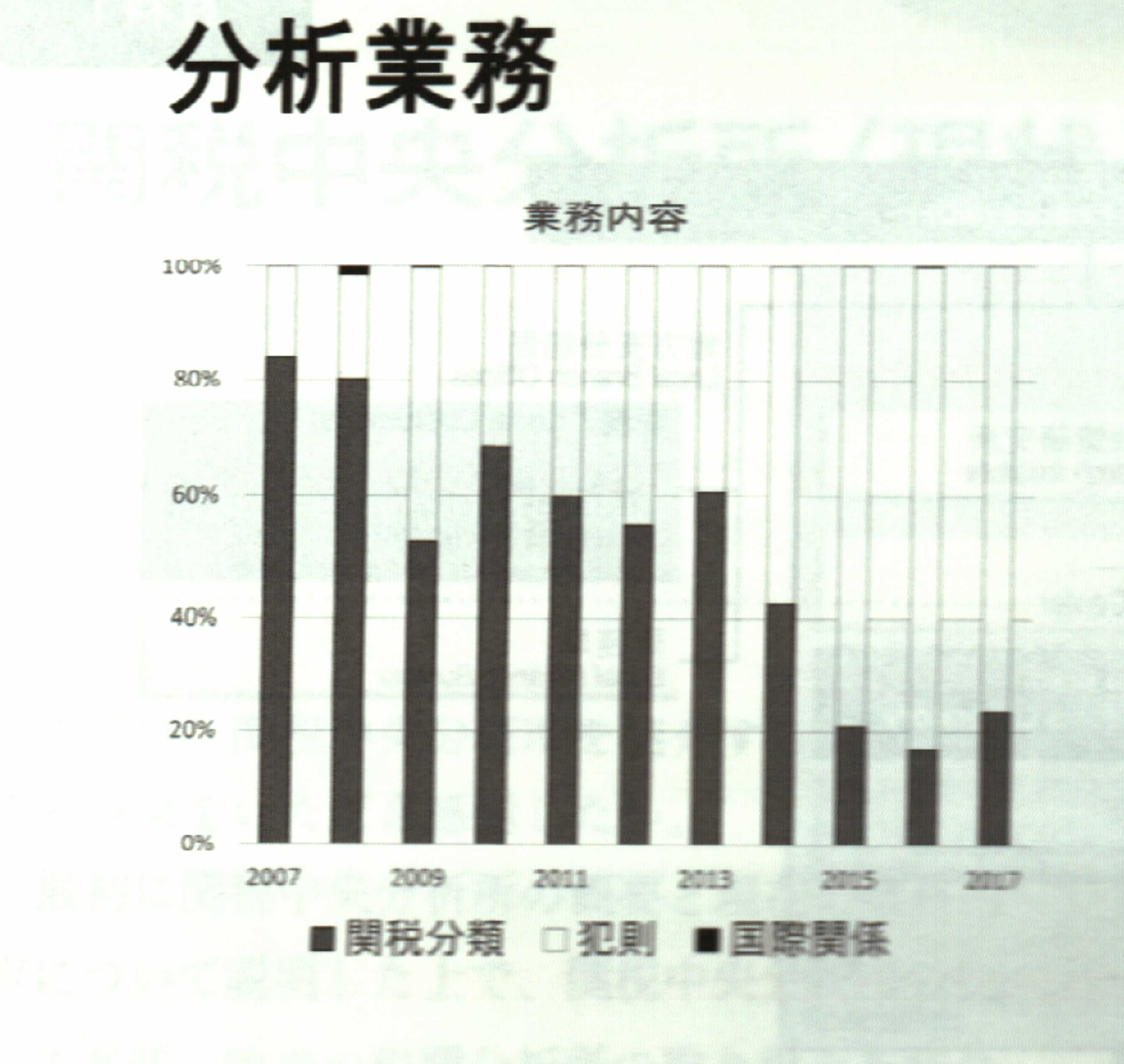無線ゲームコントローラーのHS分類は
9504に分類するとされる事前教示がありますが
この決定が覆される事態が起きました。
HS9504の解説は以下のようになっております。
| ビデオゲーム用のコンソール及び機器、遊戯場用、テーブルゲーム用又は室内遊戯用の物品(ピンテーブル、ビリヤード台、カジノ用に特に製造したテーブル及びボーリングアレー用自動装置を含む。) |
以下はアメリカと日本の事前教示です。
US税関事前教示 …9504に分類
日本税関事前教示 …9504に分類
しかし、、
Sandler, Travis & Rosenberg Trade Reportによると
アメリカ税関によって9504に分類されていた無線ゲームコントローラーが
8526や8523に変更されたとの事です。
上記の記事にあるアメリカ税関による事前教示詳細のページを確認すると
HQ H083275に詳しい詳細がありました。
この件の対象品目はWiiリモコンのようです
変更の理由は
Wiiリモコンは内蔵型のメモリがあるため、
ゲーム機の部品というよりは記憶装置の方が適切だという内容です。
HTSの95類の解説を見てみると以下のような除外規定があります
” “smartcards” and other media for the recording of sound or
of other phenomena, whether or not recorded (heading 8523)”
日本のHS解説も見てみますと以下のような除外規定があります。
”ディスク、テープ、不揮発性半導体記憶装置、
スマートカードその他の媒体(記録してあるかないかを問わない。)
(第 85.23 項参照)”
事前教示番号NY M86614にて9504に分類していたものの
そのNY M86614を変更したのがHQ H083275となっております。
Wiiリモコンをゲーム用品というより記録媒体だと考えるのは
個人的にはかなり無理があるようにも見えますがこれが事実です。
また、内蔵メモリの無い無線コントローラーでもBluetooth機能で操作するものは
ゲーム用コントローラーであっても無線遠隔制御機器(第 85.26 項参照)に
分類させるという事例もあるようです。
HSは世界共通といえどもHS分類の考え方は国によって異なります。
今回の例は無税のHSから無税のHSに変わっているので
さほど大きな問題は無いと考えられますが、
この判断の変化によって原産地規則を満たさなくなったり
有税のHSへの変更になってしまった場合には目も当てられないような
悲劇になってしまうかもしれません。
原産地規則の適用の可否にも大きく関わるので
こういった事例が多数ある事をご認識頂ければと思います。


